Opinion
Brand-Name Art Fairs Won’t Save the Art Market in This Crisis, But Regional Ones Might
Daniel Hug, director of Art Cologne, explains why regional art fairs have long been the backbone of the industry—and will remain so.
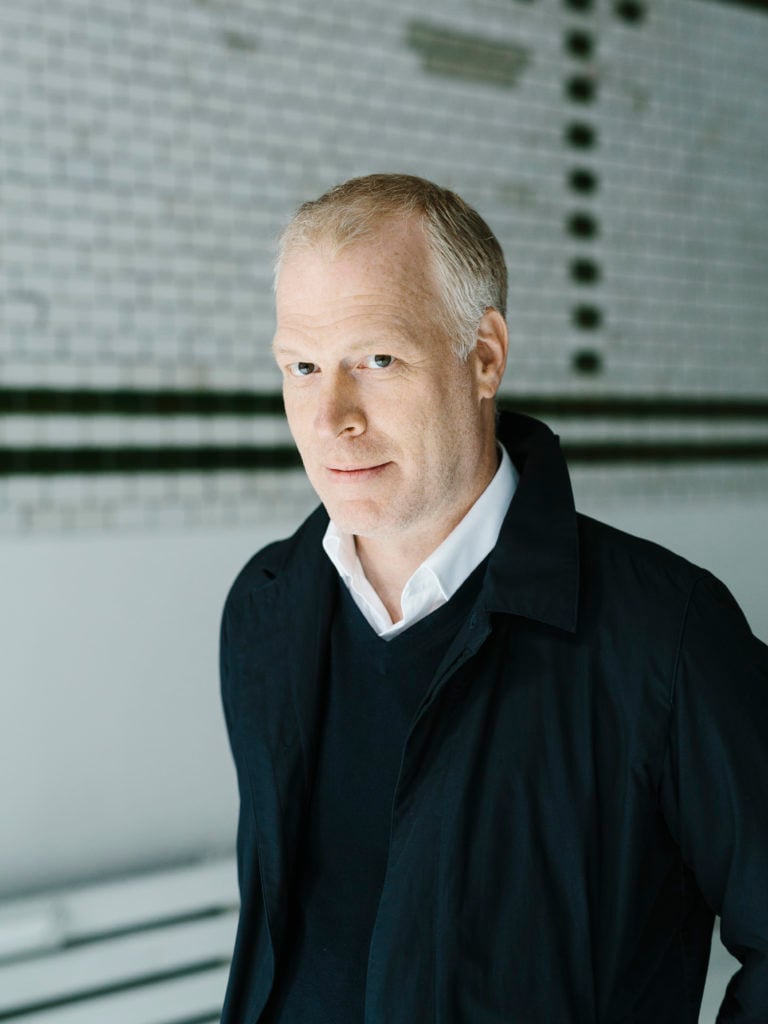
Daniel Hug, director of Art Cologne, explains why regional art fairs have long been the backbone of the industry—and will remain so.

Daniel Hug

This week, we will receive new guidelines from the German government about how to operate a trade show in the age of COVID-19. I can only guess at this point, but I imagine we will be trading our packed vernissage for two days of private viewings for VIPs and staggered time slots for the public. I expect restricted online ticket sales, widened aisles, an ample supply of masks, and single-direction visitor flow. In other words, we will be regulating how, when, and under what circumstances people can view the art at our fair.
With the right precautionary measures, physical fairs will take place again. But I fear the age of global travel will be severely impeded for several years to come. However, this shift doesn’t mean the death of art fairs. It just means a reinvention of them—or, perhaps more accurately, a return to their roots.
It is worthwhile to look back to the time when the first art fair was invented: Art Cologne was founded in 1967 by gallerists Rudolf Zwirner and Hein Stünke, who formed an association with 16 German art dealers (including Artnet’s founder Hans Neuendorf). They presented what they termed in German “Progressive Kunst” (progressive art), and the Kölner Kunstmarkt—now known as Art Cologne—was born. Interestingly, it was formed in response to a crisis: The market for contemporary art had grown stagnant in West Germany. The founders were inspired by the second documenta and felt a large commercial gallery-focused event might reinvigorate commerce.
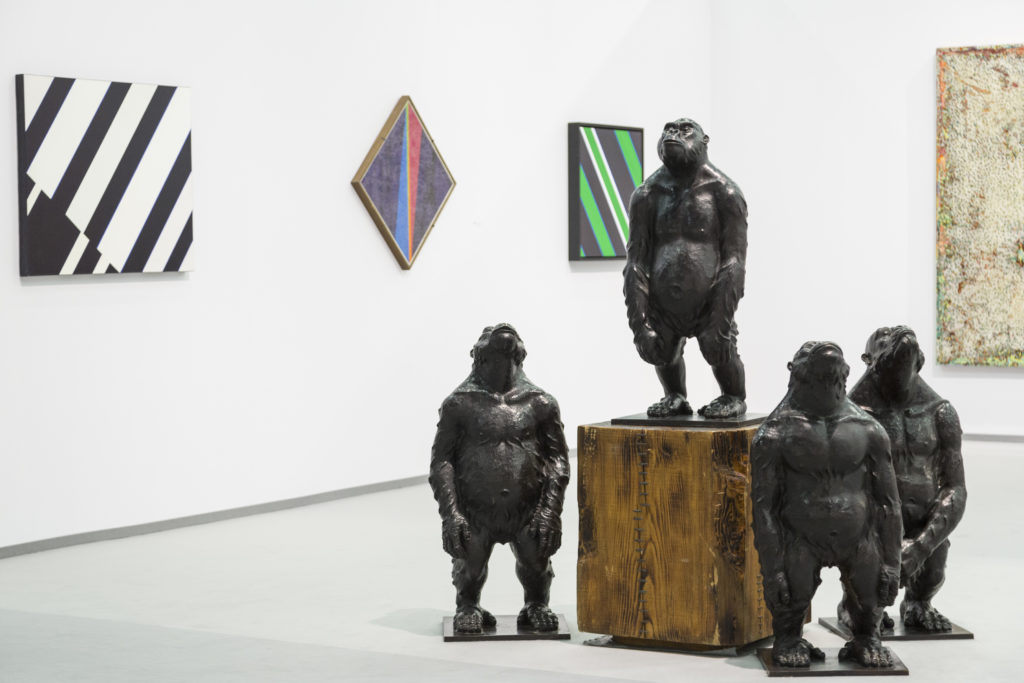
View from Art Cologne 2018. Courtesy Koelnmesse.
They were surprised by their success. More than one million Deutsche-Marks were generated during the fair’s five-day run. (For comparison, at the time, a brand-new VW Beetle cost DM 5,150—about three times the price of a decently sized Gerhard Richter oil painting.)
By the time I became the fair’s second director in 2008, however, Art Cologne had fallen on hard times and was no longer the fashionable destination it was in the 1980s. Despite all this, I was fascinated by the fact that it still managed to draw 35,000 visitors and many of the more than 200 exhibiting galleries had moderate or good sales. (It is nearly impossible to extract precise figures from dealers, but around 90 percent said they found the results satisfactory.)
Although the global players were largely missing in 2008, the fair still served its core purpose. My goal was not to reinvent the art fair, but to build upon what was already there, to reduce its size, restructure it, and to bring it into the present. What I’ve learned in over a decade since taking over Art Cologne is that a market which only caters to the super-rich will leave little to no legacy. Art becomes a mere luxury good. And while previous attempts to revitalize the fair relied upon competing with Art Basel or newbies like Frieze, where the focus was largely on contemporary art, I decided to focus on the German market—specifically, the evolution of the German art market from 1900 to today.
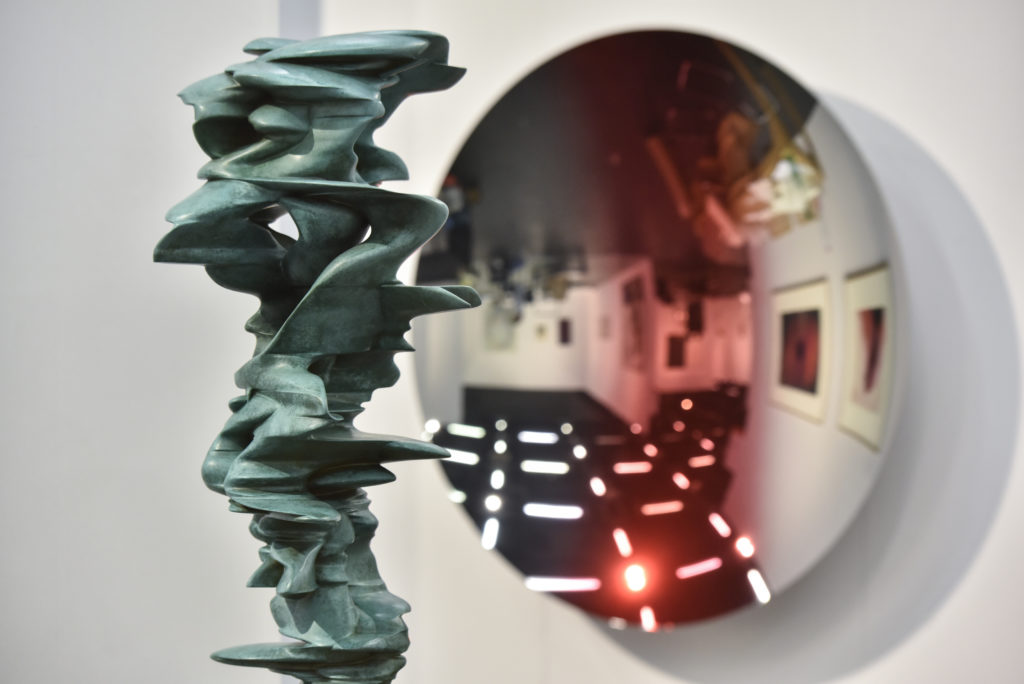
View of Art Cologne 2019. Courtesy Kölnmesse.
Today, Germany has around 1,000 commercial galleries, nearly half of which are in Berlin, followed by between 50 to 100 in each of the major cities throughout Germany. (Unlike the United States, where galleries are clustered on the coast, Germany has a gallery system with dealers in every major city across the country.)
There are plenty of global players, like Sprüth Magers, Nagel Draxler, Daniel Buchholz, Johann König, Eigen + Art, and others. But it is the countless other galleries operating in Germany—particularly outside of the art centers—that are the German art world’s true backbone. They are a doorway for countless people when they first enter the market, and the stewards of established collectors across Germany. Notably, the barrier between regular people and art collectors is often blurred in this country: Most art buyers are professionals, doctors, dentists, and lawyers. There are few art consultants and art prices tend not to exceed €150,000 ($161,860).
In a time of closed borders and self-reliance, it is precisely these “local” galleries and collectors from the surrounding regions that will help the art market survive. Art fairs today will, for the most part, be able to operate only on a regional level, considering that the time of global travel is, for at least the time being, over.
Germany is well set up for this. Arts and culture in Germany are considered essential, and are well supported. Normal upper-middle-class people across Germany travel to Cologne once a year and buy some contemporary art. The widening gap between the poor and the rich and the gradual disappearance of the middle class in the United States could spell the end of contemporary art there, where it will no longer have any relevance to “normal” people—not even the social climbers. So, it is imperative that the art market sustainably supports well-to-do professionals in acquiring art. Otherwise, we will make ourselves obsolete as an industry.
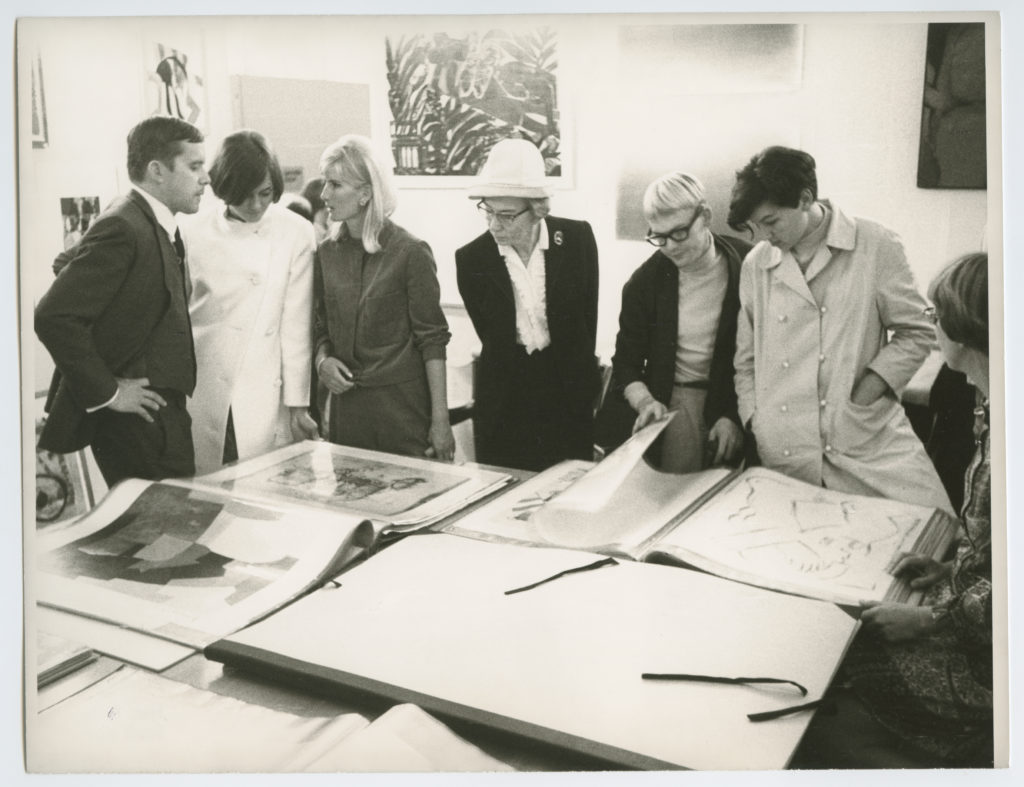
Collectors and dealers gathered around artworks at Kunstmarkt Köln, which later became Art Cologne, in 1967. Photo: Peter Fischer.
There is evidence that if you cultivate this local audience, they will come. Two years after I took over Art Cologne, in 2010, the Icelandic volcano Eyjafjallajökull erupted the day before the VIP preview. Air traffic came to a halt and we had more than 400 cancelations from our international VIPs. Despite this disaster, sales took place as usual. I still don’t know for sure if the inability to travel brought more people from greater Europe, or if it forced bored Europeans to come visit the fair. Only about two percent of the 400 cancelations ever returned over the following years. Yet we continued to experience success.
This March, we decided to postpone the next edition of Art Cologne to November. Of this year’s 175 exhibitors, about 45 percent come from Germany. Even if we miraculously manage to contain the virus globally by the end of the summer and there is no second wave in the fall, I am expecting only the Europeans to show up this November, as it’s likely that the EU will place travel restrictions on people coming from Asia, Russia, and the Americas.
In any case, the nerve to call an American art fair with 75 percent of American galleries “international,” while referring to a fair like Art Cologne with 50 percent of galleries from Germany as “regional,” is a falsehood, bred by American exceptionalism. But hopefully, as when Art Cologne was first founded, art fairs of the future will have an actual purpose and fill a need that is not easily replaced by a move to the virtual.
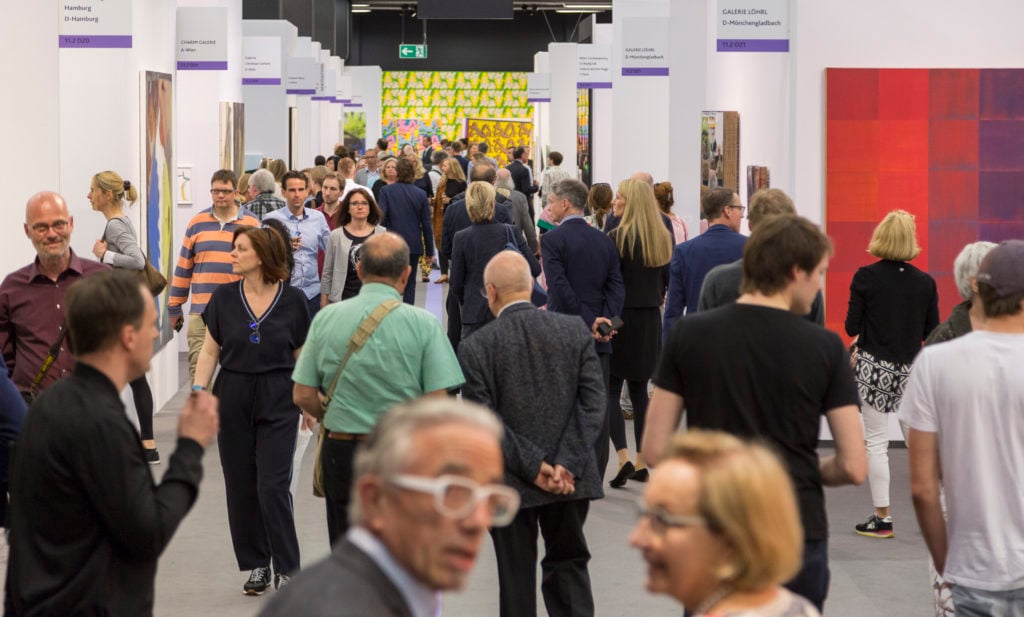
Art Cologne 2018.
In the end, I am confident that people who love and value art need museums, art fairs, arts associations, and the experience of personal contact with a wide range of galleries. Once COVID-19 is over, I am convinced that we will return to art fairs and large public gatherings. Online art fairs miss the point, which is human exchange: meeting and discussing, drinking and eating dinner together. We know people will behave differently come autumn, and that visitors may avoid packed booths or opt to drop by those with fewer visitors. This might just be a silver lining. What is certain either way is that this moment has made us re-evaluate how important culture truly is.
It is impossible to reflect the entire global art world in a single fair. All fairs are, in fact, regional, have always been, and always will be. No fair is simply big enough to accurately reflect the cultural production from around the entire globe, even if it is online and therefore essentially borderless. After looking at 45 galleries on Frieze New York’s online platform, I burned out to a point of no return.
When we try to make every fair the same—all the same galleries, all the same artists and artworks—we have the potential to overlook truly important art. By restoring fairs to their original purpose of promoting their local communities, local artists, and local collectors—those stalwarts who were always there anyways—we can make sure the titans of the future are not lost.
Daniel Hug is the director of Art Cologne.